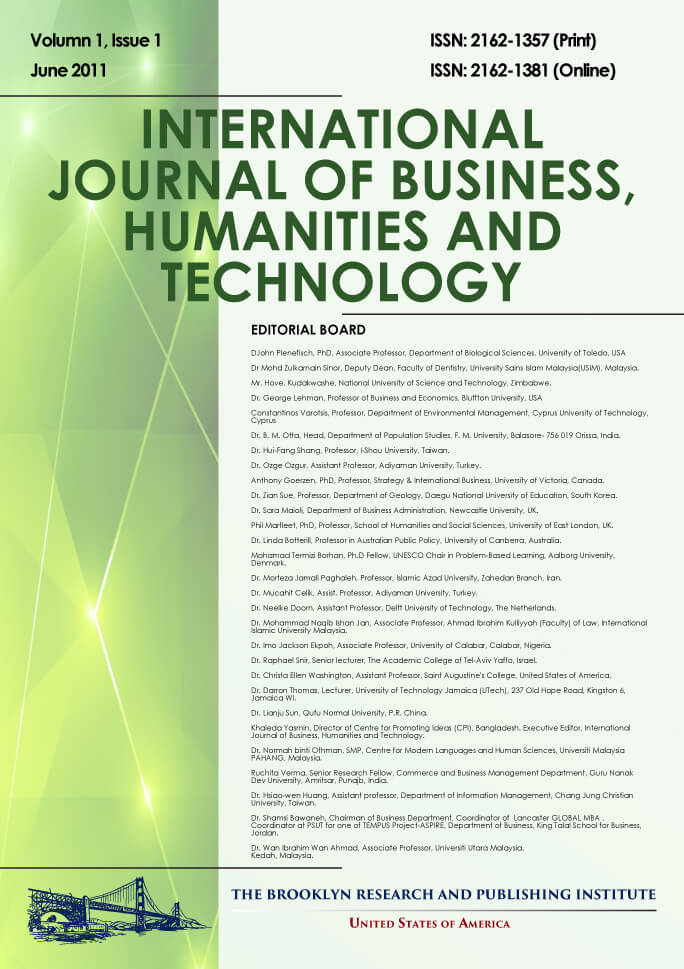Understanding Spatial Distribution of Informal Sector Activities for Income Poverty Alleviation: The Case of Iringa Municipality, Tanzania
Ndumbaro Festo G.J.
Abstract
This paper examines the spatial structure of urban informal sector activities in Iringa Municipality, Tanzania for
poverty alleviation. Four types of UIS activities were used namely manufacturing, repair work, food vending and
other services. Data collection was done in January- February 2010 using survey, in depth interview and
observation techniques. The findings show that there was a statistical significant relationship between the type of
informal sector activities and their locations in urban or mixed wards at p < 0.05 level. Using ArcView version
3.2, it was possible to calculate population densities for all the wards and identify a future urban ward. Thus the
government should plan or provide space in the identified future urban ward for the development of urban
informal sector activities particularly growth enterprises. This will contribute to poverty reduction in the
municipality as more income will be obtained from the sector.
Full Text: PDF


